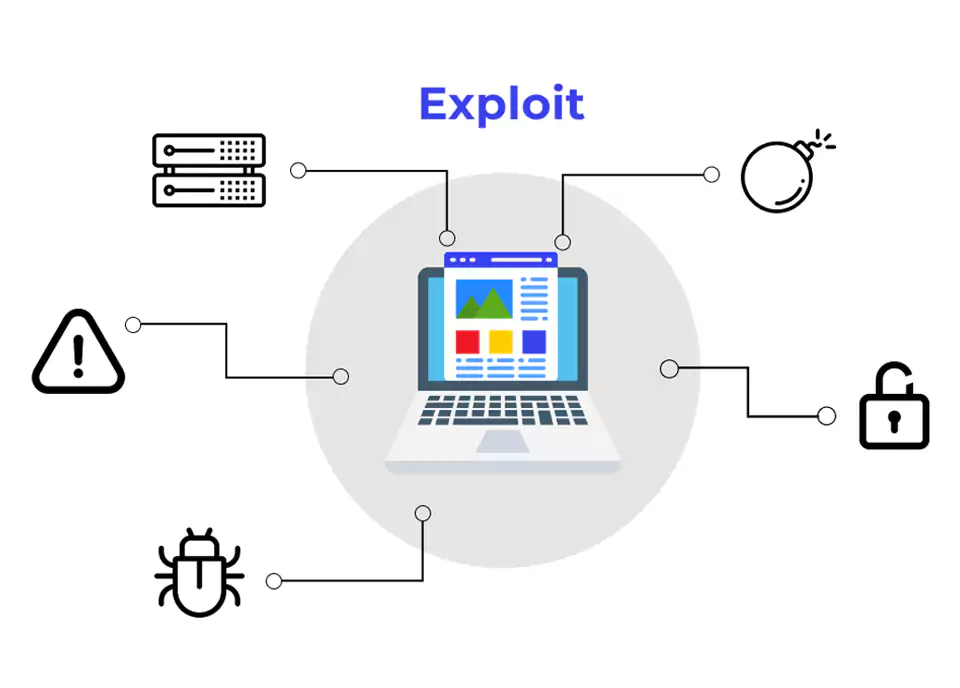Successful PMAs require more than strong science. Early FDA engagement, smart use of programs like Breakthrough, modular submissions, and aligned business strategy can reduce surprises, shorten timelines, and improve chances of first-cycle approval.
Successfully navigating the PMA process requires more than just good science; it requires savvy regulatory strategy and early planning. From the outset of device development, companies should ask: What data will FDA need for approval, and how can we obtain it efficiently? How can we work with FDA as a partner rather than an obstacle? By strategizing early and engaging FDA throughout development, you can reduce surprises, shorten timelines, and improve your chances of first-cycle approval. Here are key strategic considerations to keep in mind as you plan your PMA submission and interactions with the FDA.
One of the smartest moves is to initiate communication with FDA well before submitting a PMA. The FDA’s Q-Submission program (specifically Pre-Submission meetings) allows you to get FDA’s feedback on your plans, testing protocols, and clinical study design. Especially for startups or those new to PMAs, this is invaluable. By engaging early, you can:


Tip: When seeking FDA feedback, ask clear questions and provide supporting info in your Pre-Sub package. For example: “Is our proposed 150-patient, single-arm trial using Objective Performance Criteria of 80% success acceptable as primary support for effectiveness? We justify this because…” This invites a focused answer. Document FDA’s feedback – while not legally binding (unless it’s a formal determination meeting letter), it guides your planning, and you can reference it in your PMA (“we followed the study design agreed with FDA in Pre-Sub meeting on X date”).
If your device meets certain criteria (e.g. provides for more effective treatment of life-threatening or irreversibly debilitating conditions), consider applying for the Breakthrough Device designation. Breakthrough status can be a game-changer for PMA strategy:

If your device meets certain criteria (e.g. provides for more effective treatment of life-threatening or irreversibly debilitating conditions), consider applying for the Breakthrough Device designation. Breakthrough status can be a game-changer for PMA strategy:

A modular PMA is a strategy where you don’t wait to have every piece of data before engaging FDA – instead, you submit sections (modules) of the PMA as they are ready (e.g., Module 1: preclinical testing results, Module 2: manufacturing info, etc.), and FDA reviews each in turn. Once all modules are submitted, it’s considered a complete PMA. Advantages:

However, modular PMA requires planning: you should propose a “shell” outlining the modules and content and discuss it with FDA (often in a Pre-Sub). FDA will assign a reference number and each module is submitted under that. This approach is recommended particularly for devices with long clinical trial timelines – you can get a head start on other sections. Not all companies use modular PMAs, but it’s a strategic tool worth considering if applicable.

Strategic planning also involves budgeting and taking advantage of fee reductions. PMA user fees are substantial (over $400k in 2025). If you’re a small business (under $100 million revenue), get certified by FDA as a small business to cut the fee in half. If under $30 million revenue and it’s your first PMA, you might even get the first PMA fee waived entirely[94]. But you must submit a Small Business Certification well ahead of the PMA submission (typically each fiscal year). Mark your calendar to apply for that – it’s a straightforward way to save potentially hundreds of thousands of dollars, which for a startup is significant. Additionally, ensure you time your submission with your financial resources; if you need to raise funds, you might target doing so before the PMA fee hits.

A PMA plan should dovetail with your overall business milestones. For example, if you need investor buy-in, having FDA engagement and affirmative feedback can be a de-risking story to tell investors. Also, consider conditional approvals or phased approvals: Would a narrower initial indication get you to market faster, which you can then expand via supplements later? For instance, you might strategize to first get approval for a specific high-need subgroup, then broaden indications once more data is collected. FDA’s flexibility with Breakthrough devices sometimes allows a narrower initial indication with required postmarket data to expand labeling. Work out these scenarios in advance. It might mean designing your trial with primary endpoint for the high-need group and secondary analyses for broader group, so you have data to later support expansion.

If your device is first-of-kind or raises new issues, anticipate an advisory committee meeting. Strategically, you should:

The strategic angle is: no surprises. If you foresee a panel, you might even request FDA consider an early panel (some sponsors do an advisory panel on pivotal study design, etc., though that’s more common for very novel scenarios). Usually though, the panel is at the end to recommend on approval.
Strategic PMA planning doesn’t stop at approval. Think ahead about how you will handle:

If you’re a startup, consider enlisting help (consultants, CROs, regulatory experts) with PMA experience. They can provide insider perspective on FDA’s thinking, help avoid common mistakes (as discussed in Topic 7), and manage communications professionally. Engaging FDA is not just about technical exchange; it’s also about building a relationship of trust. Being responsive, respectful of timelines, and transparent goes a long way. Sometimes knowing when and how to negotiate with FDA (for example, if FDA requests an onerous additional trial, how to propose alternatives) is itself a strategic art. Experienced advisors can guide those negotiations.

In Summary: A proactive strategy – starting regulatory discussions early, making use of FDA programs, planning modular submissions, and aligning your clinical plan with regulatory milestones – can significantly de-risk the PMA journey. It turns what could be an adversarial process into a collaborative one: you and FDA working toward the same goal of a safe, effective device reaching patients. By approaching PMA submission not as a single event but as a continuum of strategic decisions and engagements, you increase efficiency, reduce costs, and improve the likelihood of a successful and timely approval. At ADBC CRO, we specialize in crafting such end-to-end regulatory strategies, ensuring that by the time your PMA is filed, you’ve already laid the groundwork for a positive reception at the FDA.